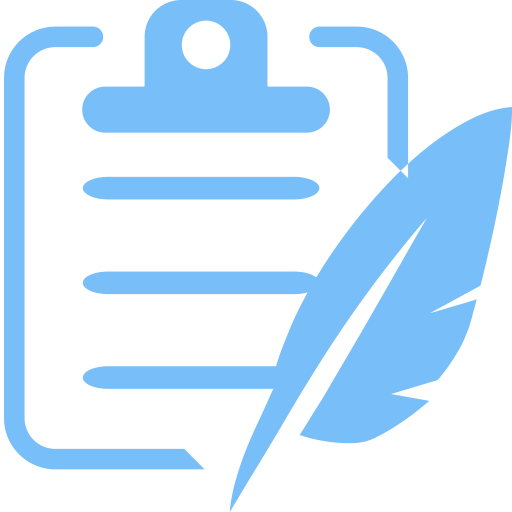In today’s digital age, the security and confidentiality of meeting records are paramount. Minute-taking, a critical administrative task, involves capturing sensitive information discussed during meetings, which can range from strategic plans to confidential business discussions. Ensuring the confidentiality and security of these records is essential to protect an organization’s interests and maintain trust among stakeholders. Here are best practices for securing meeting minutes:
1. Use Secure Tools and Platforms
Adopt Secure Software:
Utilize minute-taking software with built-in security features. These platforms should offer encryption for data at rest and in transit, ensuring that your meeting records are protected from unauthorized access.
Cloud Security:
If using cloud-based solutions, ensure that the service provider complies with industry standards and regulations such as GDPR, HIPAA, or ISO/IEC 27001. Look for features like data encryption, secure access controls, and regular security audits.
2. Implement Access Controls
Role-Based Access:
Restrict access to meeting minutes based on roles within the organization. Only individuals who need to view or edit the minutes should have access, reducing the risk of unauthorized disclosure.
Authentication Measures:
Implement multi-factor authentication (MFA) for accessing minute-taking software. This adds an additional layer of security, making it more difficult for unauthorized users to gain access.
3. Ensure Proper Data Handling
Data Classification:
Classify meeting minutes according to their sensitivity. This helps in applying appropriate security measures based on the classification level, ensuring that highly sensitive information receives the highest level of protection.
Secure Storage:
Store physical copies of meeting minutes in locked, secure locations. For digital records, use encrypted storage solutions and regularly back up the data to prevent loss due to hardware failures or cyber-attacks.
4. Maintain Data Integrity
Version Control:
Use software that supports version control to track changes to meeting minutes. This ensures that you can identify who made changes and when, maintaining the integrity of the records.
Audit Trails:
Enable audit logging to record all access and modification activities. Regularly review these logs to detect any unauthorized attempts to access or alter the minutes.
5. Train Staff on Security Protocols
Security Training:
Regularly train employees on the importance of data security and the specific protocols related to minute-taking. Ensure they understand how to handle sensitive information, and the risks associated with improper data handling.
Phishing Awareness:
Educate staff on recognizing phishing attempts and other social engineering attacks that could compromise meeting records. Encourage reporting of suspicious activities to the IT department.
6. Regularly Review and Update Security Measures
Security Audits:
Conduct regular security audits to assess the effectiveness of your current measures. Identify any vulnerabilities and address them promptly to ensure continuous protection.
Policy Updates:
Keep your data security policies up to date with the latest industry standards and best practices. Regularly review and update your policies to adapt to evolving security threats.
Securing the confidentiality and integrity of meeting records is crucial for protecting sensitive information and maintaining organizational trust. By adopting secure tools, implementing robust access controls, ensuring proper data handling, maintaining data integrity, training staff, and regularly reviewing security measures, organizations can effectively safeguard their meeting minutes against potential threats. Prioritizing data security in minute-taking not only protects sensitive information but also fosters a culture of security awareness and responsibility.
